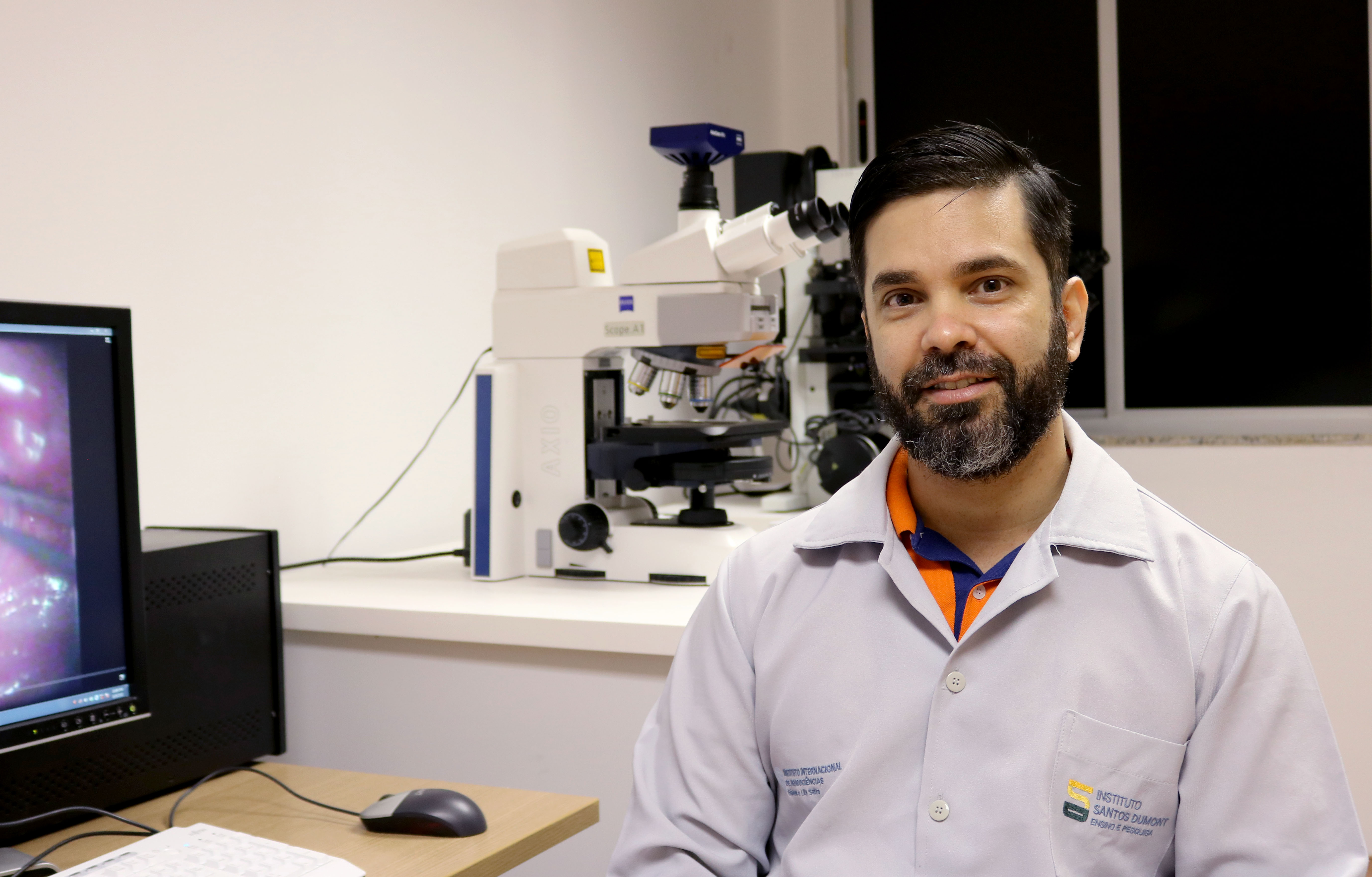Considered one of the most common chronic neurological conditions on the planet according to the World Health Organization (WHO), epilepsy affects around 1% of the world's population. Characterized by excessive neurological activity that usually triggers crises, the disease can be controlled in around 70% of cases with the use of medication. For around 30% of people affected by the disease, however, drugs are not able to control the attacks. A method used since the 1960s to treat chronic pain and, more recently, for Parkinson's patients, electrical stimulation has been one of the paths sought by people seeking to improve their condition. Although clinical application in humans is not new, the development of basic research to understand how these stimulations work in the brain is much more recent.
Trying to bring together the existing scientific production on the topic in its most basic aspect, in animals, in order to advance the treatments offered to human beings was the objective of the team of researchers from the Santos Dumont Institute (ISD), in Macaíba (RN). In an article written by the Institute's postdoctoral fellow, Fernando Fiorin, in the magazine Life Sciences, the researchers reviewed more than 30 articles on electrical stimulation in animal models. “Some anti-epileptic drugs, which protect against seizures in humans, were initially discovered in animals. The aim of pre-clinical research is this: to provide an understanding of what happens in a disease and a therapeutic proposal for application in humans, in order to reduce the condition of a disease”, explains Fiorin. He writes the article, entitled “Electrical stimulation in animal models of epilepsy: A review on cellular and electrophysiological aspects”, alongside the neuroengineer by the ISD, Mariane de Araújo e Silva, and the Institute's research professor, Abner Cardoso Rodrigues Neto.
According to the researcher, despite the importance of pre-clinical research to better understand therapies, few discoveries had been made until recently about the basic brain mechanisms involved in this process of electrical stimulation in the central nervous system. “So, pre-clinical studies began to show how some molecular pathways can influence this protection, and also improve the quality of these stimulations, since not all stimulation parameters are responsive to the improvement of an individual with some study”, states the researcher Fernando Fiorin.
Using keywords, the researchers searched for articles produced on electrical stimulation in rats for the treatment of epilepsy, using invasive, semi-invasive and non-invasive methods. The results demonstrate that the method can be an effective tool against crises – but that it needs to be better studied so that its action in the body is well understood. “This work with animals gives greater scope to the knowledge of how stimulation can work and improve treatment. There are still patients who do not respond to anti-epileptic drugs and also to stimulation parameters. So, we conclude, with this work, that electrical stimulation models, being more explored and better identified, can amplify and improve the quality of therapeutic methods used in people with epilepsy”, highlights Fiorin.
Professor Abner Rodrigues states that the first step before thinking about proposals to act on something specific, as is the group's intention for the future, is to understand what is being produced around the world in order to better direct research and contributions. “Take a look at what is called “the state of the art” of that topic: what are people doing with the results they achieved there, and how can we contribute? This is how science advances. There are several groups distributed around the world and, while some do things, others are involved in analyzing these things in order to improve the general picture”, he states.
In the case of scientific review works, such as the article published by the researchers in the magazine Life Sciences, the main contribution will be to those seeking to enter the field, highlights Rodrigues. “The objective of this work is not only to serve us, but also for others. Review work is widely used when a person is entering a field, because it avoids having to read 50 articles, for example. They start from this work that analyzed a series of others to do theirs and move forward from there”, he explains.
Text: Mariana Ceci / Ascom – ISD
Images: Kamila Tuênia / Ascom – ISD
Communication Office
comunicacao@isd.org.br
(84) 99416-1880
Santos Dumont Institute (ISD)
It is a Social Organization linked to the Ministry of Education (MEC) and includes the Edmond and Lily Safra International Institute of Neurosciences and the Anita Garibaldi Health Education and Research Center, both in Macaíba. ISD's mission is to promote education for life, forming citizens through integrated teaching, research and extension actions, in addition to contributing to a fairer and more humane transformation of Brazilian social reality.















